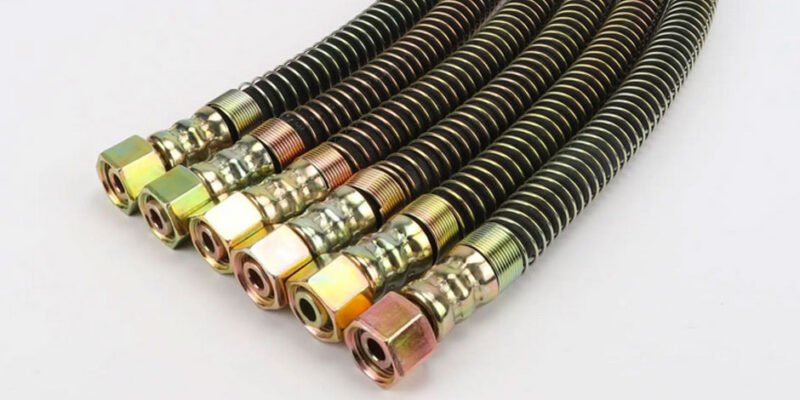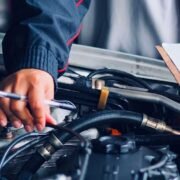Copper is one of the most popular metals used to construct automotive brake line copper. Compared to rubber hoses and steel lines, copper offers superior performance, durability, and ease of installation.
Here are the key advantages of choosing copper brake lines for your vehicle:
Improved Braking Performance
Copper is highly conductive and does not expand when heated, allowing brake fluid to flow freely without resistance. This allows copper brake pad to maintain consistent hydraulic pressure, resulting in responsive, reliable braking power during normal and performance driving.
Better Heat Dissipation
The excellent thermal conductivity of copper also allows brake lines to quickly dissipate heat from the braking system into the surrounding air. This helps prevent brake fade during repeated heavy braking. Steel lines, in contrast, absorb and trap heat.
Increased Durability and Longevity
Properly installed copper brake lines are durable. They are also resistant to cracking and fatigue. While rubber hoses tend to dry out and crack over time, quality copper lines often outlast the lifespan of most vehicles when maintained correctly. This saves costs and complications down the road.
Resists Corrosion and Rust
Copper holds up well against water, salt, oils, and other corrosive automotive fluids. The natural patina copper helps guard against rust and degradation, keeping the lines flowing freely. This removes the need to replace rusted steel brake lines periodically.
Easier Installation
Copper tubing bends easily without kinking, allowing installers to neatly route lines out of the way of hazards. This malleable property also enables brake lines to fit precisely on each unique vehicle configuration. On the other hand, steel often requires special tubing benders to shape.
Key Considerations When Choosing Copper Brake Lines
While all brake line copper improves over rubber and steel, choosing the optimal tubing requires considering a few key factors:
Tubing Wall Thickness
Thicker tubing walls increase durability and pressure tolerance. But they also reduce internal volume and the bore size relative to the outer diameter—potentially restricting fluid flow. Determine the appropriate balance for each system.
Proper Tubing Diameter
Similarly, the diameter impacts volume and flow characteristics. When selecting the tube size, measure routing paths and account for pie cuts, connection mismatches, and pressure losses.
Compatibility with Brake Fluid Type
Ensure the copper alloy chosen is compatible with the brake fluid used in the vehicle to prevent premature degradation and leakage. Copper stands up to most standard fluids, but it’s always best to verify specifications.
Accounting for Pressure Drops
Consider the length of runs, number of bends, and inlet pressures when calculating expected pressure drops—factor in a safety margin by upsizing lines or limiting complex routing when feasible.
Conclusion
Copper has been the premium choice for brake line copper plumbing for decades thanks to its natural durability and performance properties that steel and rubber cannot match.
When selected, installed and maintained correctly, quality copper tubing offers unparalleled longevity that outlasts most vehicles on the road today. Superior heat dissipation also translates into a confident brake pedal feel through all types of driving.














Comments